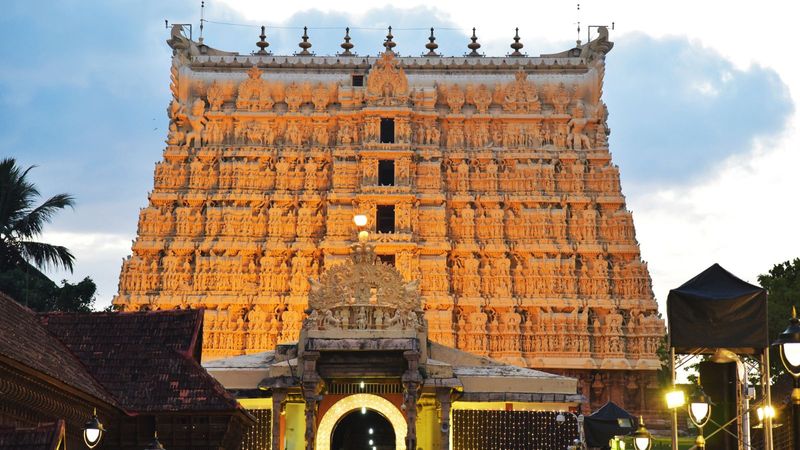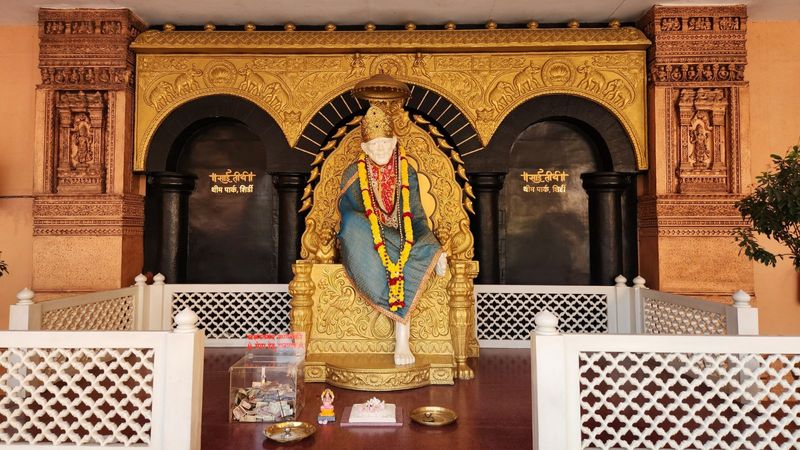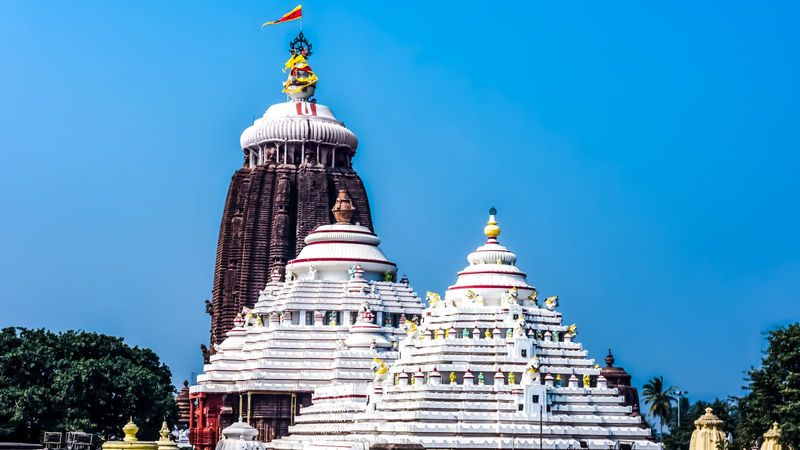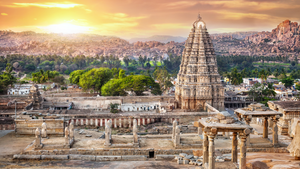India, a nation steeped in spirituality and tradition, houses temples that transcend mere places of worship to emerge as economic powerhouses. Not only do these old temples have a history of patronage, but they also receive hefty donations each year by the devotees, making them some of the richest institutions in the country. In this exploration, we delve into the financial opulence of India's wealthiest temples, examining their substantial net worth and the cultural impact they wield.
Here are India's top 7 richest temples
1. Sree Padmanabhaswamy Temple, Kerala

Nestled in Thiruvananthapuram, the Sree Padmanabhaswamy temple in Kerala is a collective symbol of mystery and prosperity. Celebrated for its hidden treasures, this temple holds the distinction of being Kerala’s richest temple with an abundance of riches that has captivated the imagination of many.
Reported assets: Assets worth Rs 1,20,000 crores including gold idols, gold, antique silver, emeralds, diamonds and brass.
2. Tirumala Balaji Temple, Andhra Pradesh

Perched atop the Seven Hills of Tirumala, the Tirumala Balaji Temple is a sacred site and a financial giant. The wealth of this temple, dedicated to Lord Venkateswara, is a product of the unwavering devotion of millions of pilgrims who contribute through donations and offerings.
Reported donations: Rs 650 crores annually
3. Shirdi Sai Baba Temple, Maharashtra

The Shirdi Sai Baba Temple in Maharashtra serves as a spiritual beacon, drawing legions of devotees seeking solace and blessings. Its immense wealth, derived from the heartfelt donations and offerings of its followers, underscores the deep faith and reverence for Sai Baba.
Reported assets: Rs 1800 crores in the bank along with 380 kgs of gold.
4. Golden Temple, Amritsar

A marvel of Sikh architecture, the Golden Temple in Amritsar is not just a sacred shrine but a financial juggernaut. The temple's prosperity is driven by the generosity of its worshippers, and its financial strength supports various charitable initiatives that uplift the community.
Reported donations: Rs 200 crores annually
5. Jagannath Temple, Puri

Situated in the sacred town of Puri, the Jagannath Temple is a revered Hindu shrine with a rich legacy and substantial financial holdings. The temple's wealth, accumulated through the donations of devotees, underscores its significance in the religious landscape.
Reported donations: Rs 150 crore annually
6. Vaishno Devi Shrine, Jammu

In the Himalayas near Katra, Jammu and Kashmir, the Vaishno Devi Shrine invites pilgrims on a transformative journey. Dedicated to Goddess Vaishno Devi, this sacred temple attracts millions yearly. The challenging 13-kilometre trek through picturesque terrain symbolises unwavering faith. Besides its spiritual importance, devotees' generosity significantly contributes to the temple's wealth. Beyond spirituality, the shrine catalyses economic growth in Katra, becoming a hub for businesses supporting the pilgrimage.
Reported assets: Rs 500 crores
7. Siddhivinayak Temple, Maharashtra

Nestled in Mumbai's heart, Siddhivinayak Temple serves as both a spiritual haven and a financial stalwart. Devoted to Lord Ganesha, this Prabhadevi temple allures worshippers seeking solace. Acknowledged as one of India's wealthiest, Siddhivinayak's wealth and tranquillity stand in contrast to the city's hustle. Devotees' generous donations sustain their financial might, fostering local business prosperity. Engaging in philanthropy, the temple directs its wealth towards healthcare, education, and community welfare, etching a lasting impact on Mumbai's cultural and economic well-being.
Reported assets: Rs 125 crores
Economic and cultural impact
Beyond their financial prowess, these temples exert a profound influence on India's economic and cultural tapestry. The blog explores their philanthropic initiatives, festivals, and community engagement, shedding light on how these institutions contribute to the societal fabric.
These temples, with their staggering wealth, are not just repositories of riches but active participants in the economic ecosystem. The blog unveils their impact on local economies through tourism, infrastructure development, and employment generation. By analyzing their economic footprint, we gain insights into the intricate interplay between spirituality and commerce.
Moreover, these temples are catalysts for social change. The philanthropic endeavours initiated by these religious institutions, funded by their substantial wealth, address pressing societal issues. From healthcare and education to community development, these temples channel their resources towards initiatives that uplift the masses.
The festivals celebrated at these temples, supported by their financial strength, are cultural phenomena that draw people from diverse backgrounds. These events become not only religious observances but also cultural spectacles that contribute to the nation's tourism industry, showcasing India's rich heritage.
As we unravel the financial status of India's wealthiest temples, it becomes evident that their wealth is not just a matter of monetary value; it is a reflection of the collective faith and devotion of millions. These temples are not mere spiritual hubs but integral components of India's economic and cultural identity.
In essence, these temples stand as guardians of tradition, fostering a harmonious blend of spirituality and economic influence. Their wealth, far from being an isolated phenomenon, is a driving force for positive change in society, illustrating the profound impact that religious institutions can have on the cultural and economic dynamics of a nation.
Disclaimer: The financial details and statistics mentioned throughout this blog are sourced from publicly accessible platforms. At Zee Zest, we intend to share factual and verified information. Should there be any inconsistencies or variances in the information provided, please understand that these are entirely unintentional and not meant to mislead. Our commitment to transparency is paramount, and we appreciate your understanding in the event of any inadvertent discrepancies.




